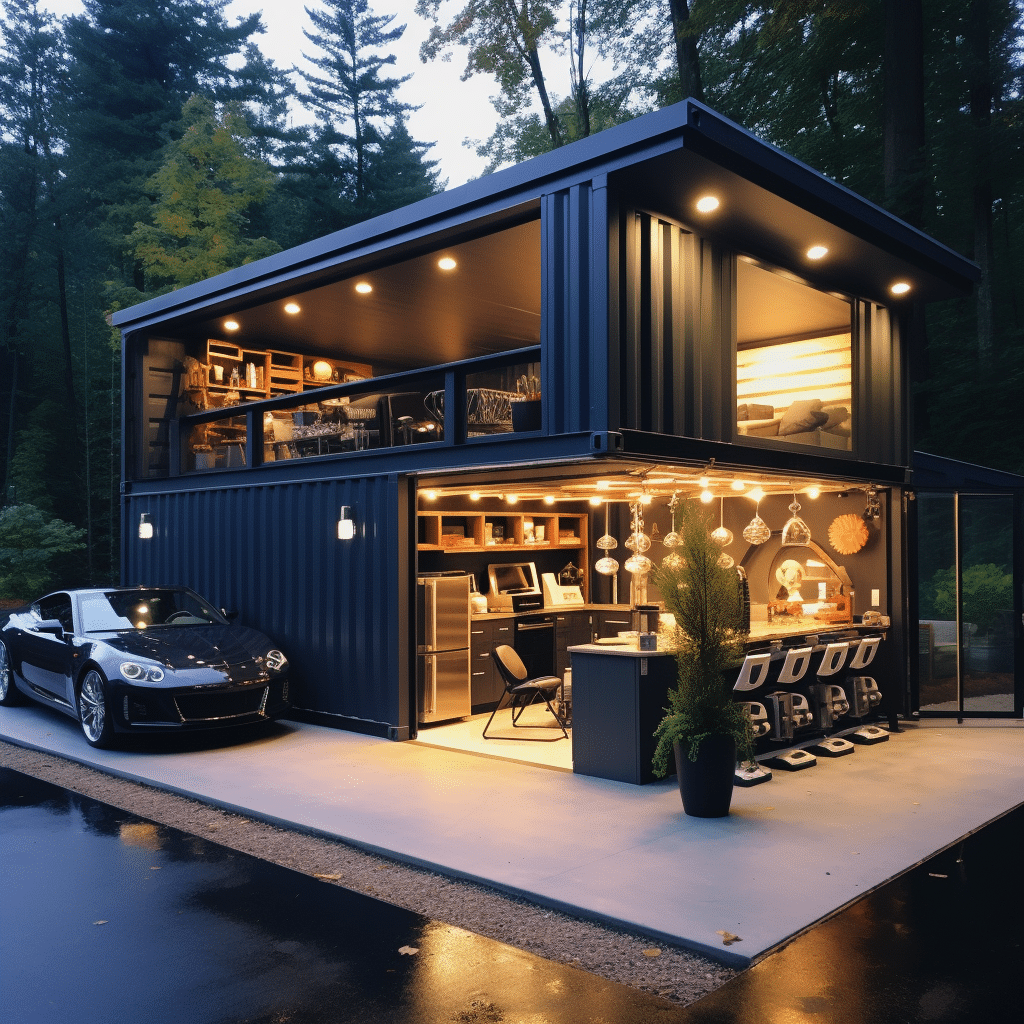ModBetter is the go-to research hub for DIY container garages. We cut through contractor roadblocks with in-depth guides, side-by-side kit comparisons, and real case studies from builders who’ve actually done it. Our focus stays on the tools, suppliers, and resources DIY crews trust—not the glossy inspiration shots.

Shipping containers get hyped as the answer to every storage problem—but most projects stall the second you bring in a contractor. That’s why we track the solutions that actually work. From prefab kits to insulation upgrades, we document what builders are really doing—and where to source the parts if you want to take it on yourself.
ModBetter doesn’t sell or build containers. We research kits, track supplier options, and share affiliate links to accessories and upgrades worth considering—so you don’t waste time chasing dead ends.
Shipping containers make strong garage shells but the details decide whether a build holds up. We track what actually works, document real projects, and break down costs so you know where the money goes before you start.
Container garages often begin with a 20 ft shipping container priced between $2,500 and $4,800, then get customized with upgrades. We’ve studied dozens of builds to see which modifications add real value and which turn into money pits.
Our research breaks down the essentials: foundation choices, insulation methods, electrical planning, and door installations. We document what holds up long-term and what causes problems later.
The best projects keep function ahead of flash. A solid steel structure, good drainage, and proper lighting come first. Tool storage and work surfaces should match your actual use, not just what looks good in photos.
Container garages can double as storage and workspace. We’ve tracked projects where builders set up office areas alongside a garage bay—ideal for contractors, consultants, or anyone who needs a desk near their tools.
Most dual-purpose builds start with a 40 ft container, dividing it into two zones: an insulated office on one side and a garage bay on the other. The strong setups include HVAC for the office, dedicated electrical circuits, and sound insulation between spaces.
Our research highlights what holds up: concrete floors throughout, spray foam insulation in the office, and separate entrances where possible. Office zones need standard power, internet, and lighting. Garage zones need 220V access and ventilation for equipment.
The most effective designs balance both uses without cutting corners. Clean office space with direct garage access, secure storage, and climate control where it matters. One structure that delivers utility and workspace together.
A man cave garage gives you dedicated space without taking over the house. We’ve tracked container builds that mix workshop capability with entertainment areas—ideal for anyone who wants both in one setup.
High cube containers (9’6” ceilings) work best, giving enough headroom for a bar, seating, or a TV area alongside tool storage. Strong projects nail the basics: climate control, good lighting, and clear separation between work and relaxation zones.
Our research shows what matters: insulated walls and ceilings, a mini-split for heating and cooling, concrete floors with rugs in seating areas, and electrical capacity for both tools and entertainment. If you want running water at the bar, plumbing access is key.
The most effective builds balance comfort with utility. A workbench at one end, seating at the other, and roll-up doors that open the whole space to the outdoors. One structure that functions as both workshop and hangout.

Whether you’re setting up a simple workshop or a multi-container complex, our research shows what holds up and what falls short. ModBetter tracks real builds to give you clear costs, common pitfalls, and solutions that save time and money.
We document layout options, material choices, and proven approaches based on projects that actually got finished. The focus stays on practical details—helping you sidestep costly mistakes and build a container garage that works the way it should.
Here’s what our research covers: